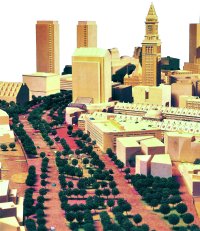
In many cases, underground space use results from a lack of surface space.
The use of underground space allows a facility to be built in a location where a surface facility is not possible either because a lack of space or because building a surface facility in that location is not acceptable to the community.
The Grand Louvre example
The construction of the Grand Louvre museum in Paris is a typical example.
Getting the entrance and all the administration facilities allow a enormous gain of space for the museum and the construction of a building above the surface was of course not acceptable in such an historic place.
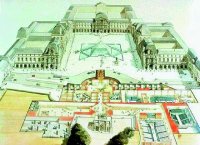
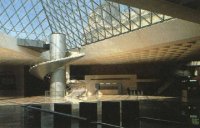
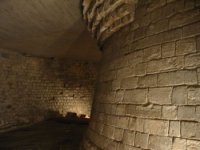
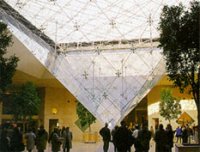
The Central Artery - Boston example
In this project, it has been decided to build underground structures to replace above ground ones, which were not accepted by the population, divided city areas and were not coping with the increasing traffic.

